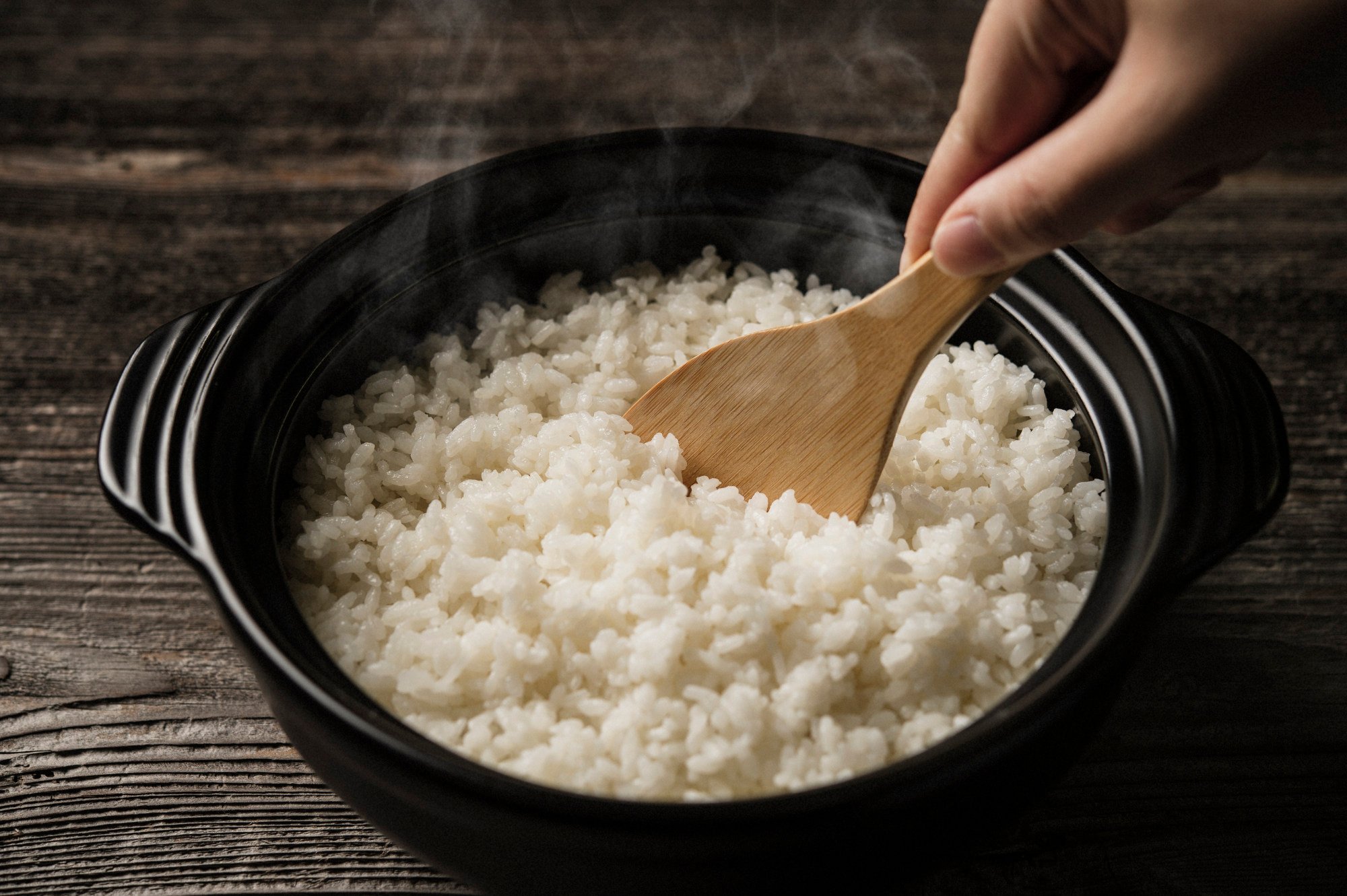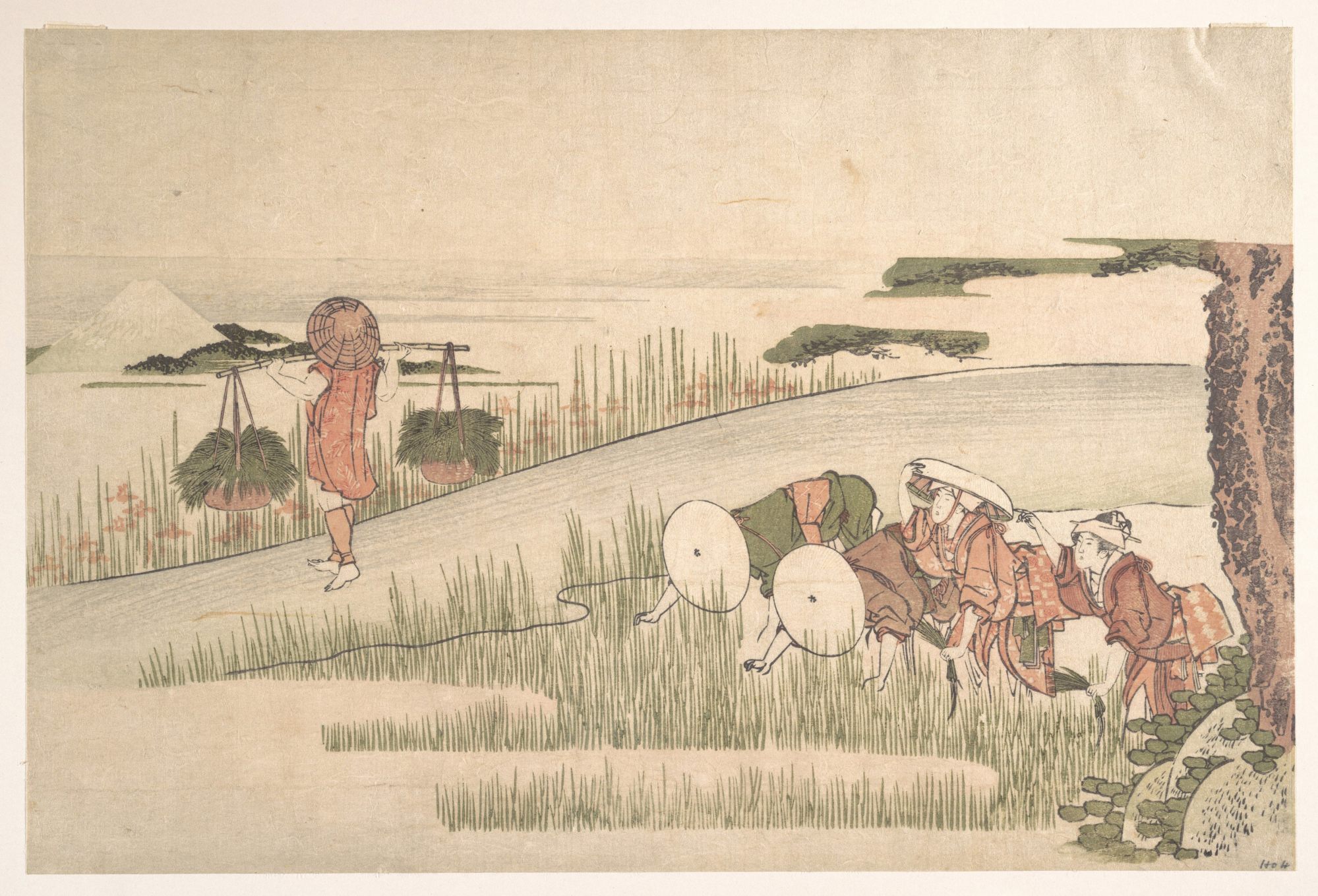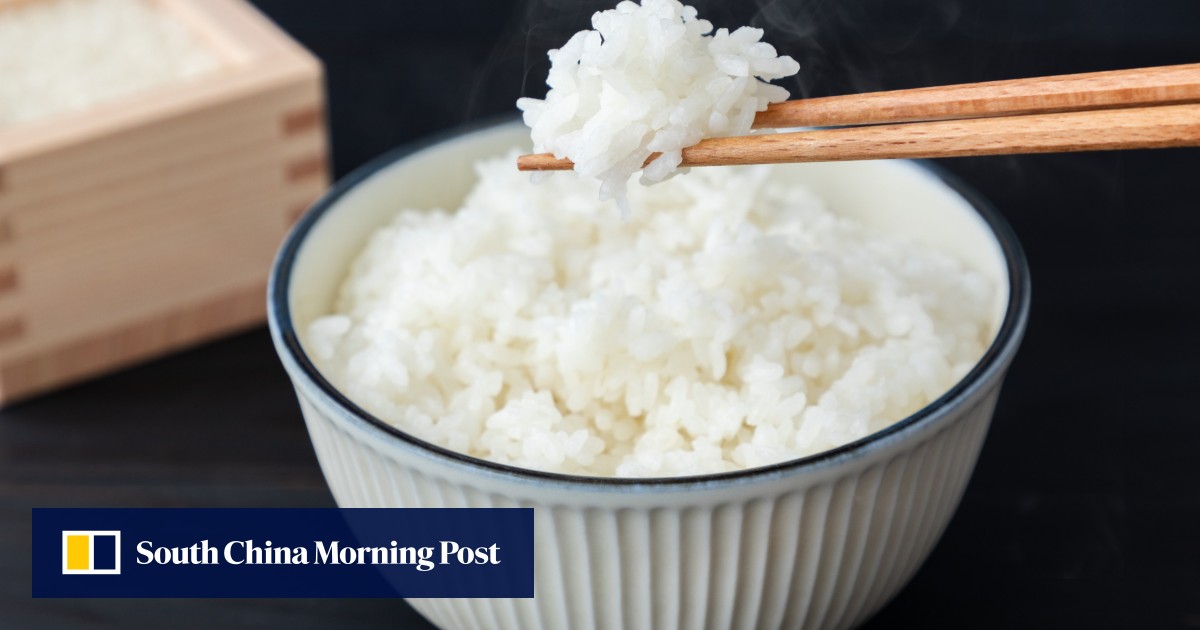In January, at the National Agriculture and Food Research Organisation (Naro) in Tsukuba, Ibaraki prefecture, food researcher Fumiyo Hayakawa and others were engaged in heated discussions over freshly cooked rice.
They tried to define terminology that describes differences in rice firmness or graininess, for instance. Hayakawa’s team is partnering with Itochu Food Sales and Marketing, a subsidiary of major trading house Itochu Corporation, to create the dictionary.
Rice, rice, maybe? Asia’s middle class seek out low-carb alternatives
Rice, rice, maybe? Asia’s middle class seek out low-carb alternatives
In production, distribution and sales, experts conduct “sensory evaluations” in which they judge aroma, taste and texture. The results are used to influence the development of new rice varieties, as well as to promote products.
However, there has been concern that there is no uniformity in the recognition of expressions or that the same words are overused, resulting in less accurate evaluations.
Toshiya Amano, general manager of the rice division at Itochu Food Sales and Marketing, which sells milled rice to convenience stores and other retailers, gave an example of the descriptions of rice that have been confusing to some consumers.
“For example, some people consider ‘fresh rice’ to mean ‘sticky rice’,” Amano says.

However, since it was “unrealistic” to quantify all textures and aromas, the company sought a solution by beginning research with Naro in 2021.
First, a dozen researchers skilled in evaluation tasted 32 rice products and shared their impressions
The taste tests involved trying more than 110 types of rice, such as freshly cooked, rice that had been cooked but left out for some time, convenience store rice balls, and rice from packages for long-term storage.

“If we put them into a dictionary, we can pick up on characteristics that have been overlooked until now because they could not be contextualised,” says Hayakawa, adding they also verified what processes render such distinct flavours.
They have narrowed down the words – in the four categories of appearance, taste, aroma and texture – to about 100 and are now in the process of defining them. The meaning of even standard terms such as “glossy” and “sweet aroma” are hard to convey, Hayakawa says.
‘Revealing how the killer works’: Chinese team makes hybrid rice breakthrough
‘Revealing how the killer works’: Chinese team makes hybrid rice breakthrough
Synonyms and antonyms are introduced, and supplements are added to provide context in evaluations.
The project is scheduled to be completed by the end of March 2025 and will later be released on Naro’s website.
Hayakawa is enthusiastic about what the dictionary will have to offer people fond of rice in its various forms.
“I want to make this a tool to convey the attractiveness of rice not only to evaluation experts but also to consumers,” she says.







